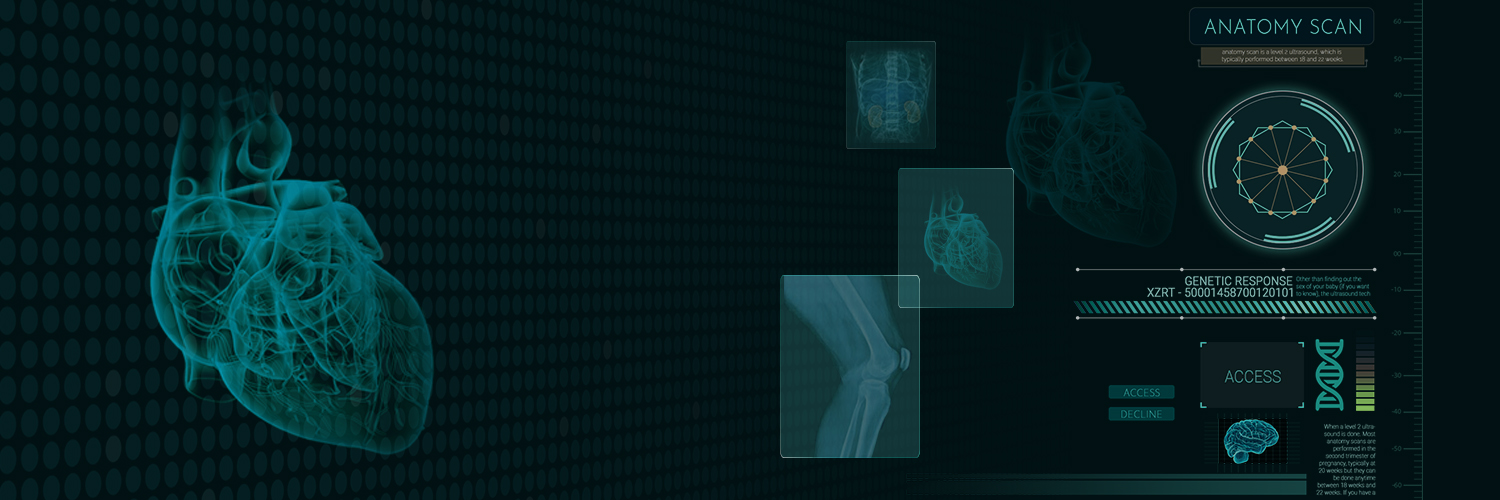
Supporting Tissues:
Supporting tissues are further divided into three parts:
Parenchyma:
Parenchyma forms the bulk the plant body. Parenchyma cells are living and possess the power of division.
Structure:
Occurrence:
Functions:
Collenchyma:
Tissue also consists of living cells is characterized by the deposition of extra cellulose at the corners of the cells.
Structure:
Occurrence:
Functions:
Differences between Parenchyma and Collenchyma:
| Parenchyma | Collenchyma |
| The tissue consists of thin-walled living cells. | The tissue consists of cells having localised thickening in their cell walls. |
| It is distributed in almost all the parts of the plant body. | It occurs mostly in the aerial parts of the plants and is restricted to the other layers. |
| The living cells of parenchyma assimilate and store food. They also store waste products. | Collenchyma is the chief mechanical tissue in parts of a young plant particularly in the young dicotyledonous stems. |
Sclerenchyma:
Sclerenchyma cells are dead cells and they are devoid of protoplasm.
Structure:
Occurrence:
Functions:
Comparison between Collenchyma and Sclerenchyma:
| Collenchyma | Sclerenchyma |
| It consists of living cells. | It consists of dead cells. |
| It cells contain cytoplasm. | It cells are empty. |
| Its cell walls are cellulosic. | Its cell walls are lignified. |
| The thickening of cell wall is not uniform. | Cell wall thickening is uniform. |
| Lumen of the cell is wide. | Lumen of the cell is narrow. |
| It provides mechanical support and elasticity to the plant body. | It is chiefly mechanical tissue. |